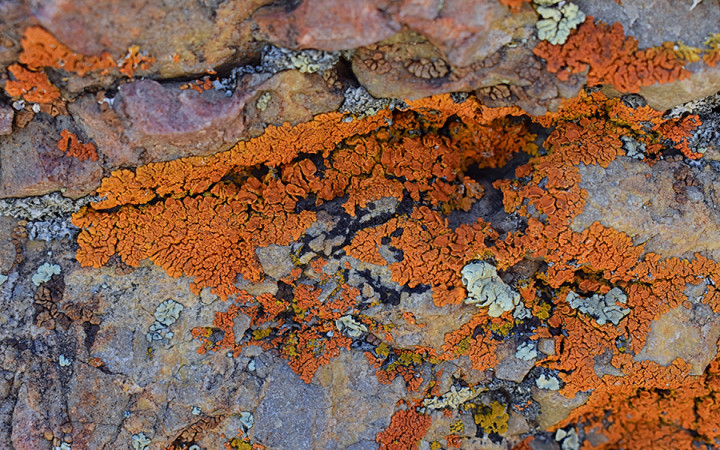Today’s Wonder of the Day was inspired by Jon. Jon Wonders, “How do plants make chlorophyll?” Thanks for WONDERing with us, Jon!
Have you ever given much thought to what the world was like before humans appeared on Earth? What life forms existed? What did the world look like? Were there colors?
What was the first color? Without human eyes to perceive the world, did things have colors? Unfortunately, science can't always help us answer these questions, because there's not much left from long ago.
Scientists do, however, make surprising discoveries from time to time that shed light on what things were like long, long ago. For example, scientists from the Australian National University recently uncovered what they believe to be the world's oldest color produced by a living organism. And what color was it? Bright pink!
How did this happen? It began with a company prospecting for oil deep beneath the sands of the Sahara Desert in Mauritania in western Africa. Hundreds of feet below the surface, the company hit a layer of black, oily shale.
The company sent samples to researchers at the Australian National University, who determined that the rock was about 1.1 billion years old! The researchers crushed the rock and found tiny bacteria fossils that contained chlorophyll, the pigment that plants use today for photosynthesis.
The chlorophyll pigment found in the samples was bright pink and over 600 million years older than any chlorophyll fossils found previously. Researchers also determined which microorganisms had produced the chlorophyll: cyanobacteria.
These tiny bacteria survive on sunlight and are 1,000 times smaller than the microscopic algae that form the bottom of the food chain in today's oceans. They likely dominated ancient oceans for millions of years before larger algae evolved. They may have given ancient oceans a pink tint because of the hue of the chlorophyll they produced.
This discovery was also important for a reason that has nothing to do with ancient colors. It may help scientists solve a major puzzle: why did it take so long for larger, more complex creatures to appear on Earth?
The discovery of these bright pink pigments produced by cyanobacteria reveal that long, long ago there was not enough larger algae to form the basis of a food chain that would support larger, more complex organisms.
It would take millions of years for cyanobacteria to support the development of larger algae, which in turn would take millions of more years to support the development of larger, more complex life forms.




